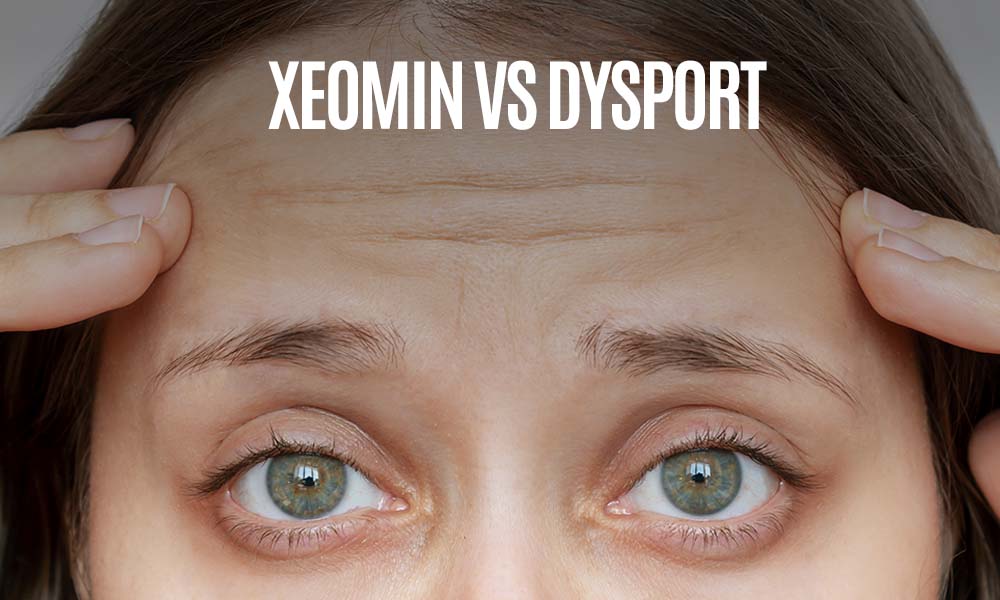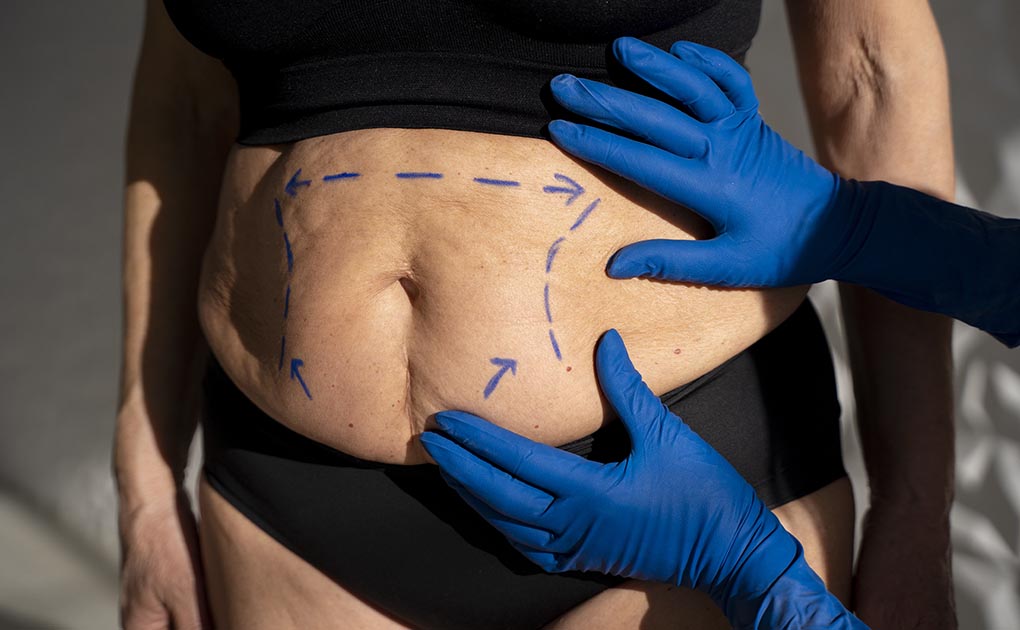Intravenous (IV) therapy is a medical and wellness treatment that delivers fluids, nutrients, and medications directly into the bloodstream through a vein. This method bypasses the digestive system, allowing for rapid absorption and immediate effects. Popular in both clinical and wellness settings, IV therapy is celebrated for its versatility and effectiveness in addressing hydration, nutrient deficiencies, and various medical conditions.
How IV Therapy Works
1. Insertion of the IV Line
IV therapy begins with a healthcare professional sanitizing the treatment area, usually on the arm, before inserting a small needle into a vein. The needle is connected to a catheter that remains in place throughout the procedure, ensuring a steady flow of fluids into the bloodstream.
2. Infusion of Fluids
Once the IV line is established, it is connected to a bag containing the desired solution. This can include saline, vitamins, minerals, or medications, depending on the treatment goal. The fluid is administered at a controlled rate, ensuring the body absorbs the nutrients effectively.
3. Monitoring
Throughout the infusion, the patient is monitored to ensure the IV therapy is proceeding safely and effectively. Healthcare professionals watch for any adverse reactions or complications, although these are rare.
4. Completion
After the fluids are fully infused, the healthcare provider removes the catheter and applies pressure to the insertion site to minimize bleeding. The entire process typically takes 30-60 minutes.
Benefits of IV Therapy
1. Rapid Absorption
Unlike oral medications or supplements, IV therapy delivers nutrients and fluids directly into the bloodstream. This ensures rapid absorption and immediate effects, making it ideal for situations requiring urgent hydration or nutrient replenishment.
2. Customization
One of IV therapy’s strengths lies in its adaptability. Treatments can be tailored to an individual’s specific needs, whether the goal is to boost energy, support the immune system, or recover from dehydration.
3. Enhanced Hydration
IV therapy is particularly effective for rehydration, making it a popular choice for athletes, individuals recovering from illness, or those suffering from dehydration due to heat or alcohol consumption.
4. Nutrient Delivery
High concentrations of vitamins and minerals can be delivered directly into the bloodstream, bypassing potential absorption issues in the digestive system. This is especially beneficial for individuals with conditions like Crohn’s disease or other gastrointestinal disorders.
5. Convenience
Once an IV line is established, it can remain in place for multiple treatments without requiring repeated needle insertions. This makes it a practical option for ongoing therapies.
6. Versatile Applications
IV therapy is used in a variety of contexts:
- Medical Treatments: Administering chemotherapy, blood transfusions, or managing severe dehydration.
- Wellness Practices: Supporting athletic performance, enhancing recovery, or providing hangover relief.
- Immune Boosting: Delivering nutrients like vitamin C and zinc to support immune function.
Who Can Benefit from IV Therapy?
IV therapy is suitable for a wide range of individuals, including:
- Athletes seeking quick recovery and performance support.
- Individuals recovering from illness or dehydration.
- People with nutrient deficiencies requiring immediate replenishment.
- Those looking for wellness boosts, such as increased energy or improved immune function.
Popular Types of IV Therapy
1. Hydration Therapy
This basic IV treatment delivers fluids to combat dehydration, often combined with electrolytes to restore balance in the body.
2. Vitamin Infusion
Commonly used in wellness settings, vitamin infusions deliver essential nutrients like vitamin C, B vitamins, and magnesium to promote energy, immunity, and overall health.
3. Hangover Recovery
Designed to alleviate hangover symptoms, these infusions often include fluids, electrolytes, and anti-nausea or pain-relieving medications.
4. Athletic Performance Support
These infusions provide nutrients tailored to athletes, enhancing recovery, reducing muscle fatigue, and improving endurance.
5. Immune System Boost
Infusions with immune-supporting nutrients like zinc, vitamin C, and glutathione can help the body fight off illnesses or recover faster.
What to Expect During IV Therapy
The IV therapy process is straightforward and involves minimal discomfort. Patients typically relax in a comfortable setting while the infusion takes place. Some people feel immediate benefits, such as increased energy or relief from dehydration, while others may experience gradual improvements over the following days.
Safety and Side Effects
IV therapy is generally safe when performed by trained professionals. However, as with any medical procedure, there are potential risks, including:
- Mild bruising or swelling at the insertion site.
- Rare allergic reactions to the infused substances.
- Infection risks if proper hygiene is not maintained.
Choosing a licensed provider ensures these risks are minimized.
How to Prepare for IV Therapy
To get the most out of your IV therapy session:
- Stay Hydrated: Drink plenty of water beforehand to make vein access easier.
- Eat a Light Meal: Having some food in your system can prevent lightheadedness.
- Communicate Needs: Share your health concerns and goals with your provider to tailor the infusion to your needs.
Conclusion
IV therapy is an innovative and effective method for delivering nutrients, fluids, and medications directly into the bloodstream. Whether you’re addressing dehydration, boosting your immune system, or supporting overall wellness, IV therapy offers rapid absorption, customizable treatments, and versatile applications. As with any medical treatment, it’s essential to consult a qualified provider to ensure safety and optimal results.
Ready to experience the benefits of IV therapy? Contact us or visit Forever Young Medi Spa today to book your session and rejuvenate your health from the inside out!
FAQs
How long does an IV therapy session take?
Most IV therapy sessions take between 30 and 60 minutes, depending on the type of infusion and individual needs.
Is IV therapy painful?
While you may feel a slight pinch when the needle is inserted, the process is generally painless.
How often can I receive IV therapy?
The frequency depends on your health goals and the type of therapy. Some individuals benefit from weekly sessions, while others may need less frequent treatments.
Are there any risks associated with IV therapy?
IV therapy is generally safe when administered by a licensed professional. Mild bruising or swelling at the insertion site is possible but typically resolves quickly.







